Northern Mockingbird
While common around Kansas City and further south, Northern Mockingbirds are actually not all that common up north. These beauties were all over in Texas and mimic other birds and animals. They often put multiple sounds together and repeat each sound 3 to 5 times. To get the true experience of a Mockingbird you should watch the short video below. Pictures of this species seemingly ignore their best and perhaps most annoying feature in their voice.
Great-tailed Grackle
The Great-Tailed Grackle is another species that is found around Kansas City, but tougher to find up north, and in some locations further south is the most common Blackbird.
 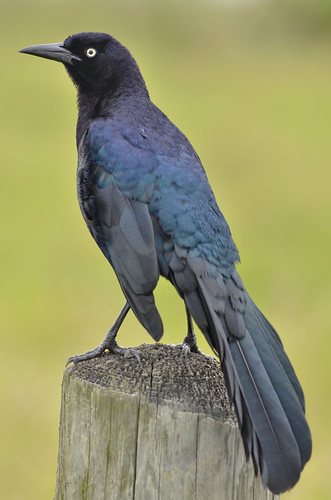 |
| Michaela took this picture of the female. The male has a larger tale and is black compared to the brown female. |
Roseate Spoonbill
Without a doubt the BIRD of the trip was the Roseate Spoonbill. This was one of the first birds we picked out while driving near the coast with its bright pink coloration, large body size, and odd shaped bill. We stopped to look at these the very first marsh we encountered along the coast, but luckily were able to see them closer at the Smith Oaks Rookery. This species is only a rare visitor north of all southern states, and this trip was the first time seeing one for Malcolm. We took a bunch of pictures of the spoonbills, below are a few of our favorites.
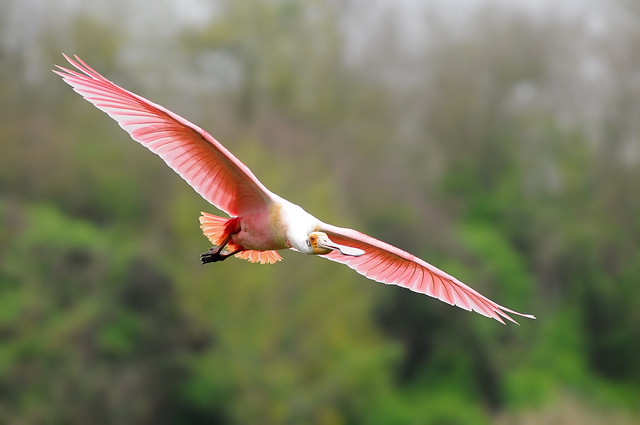 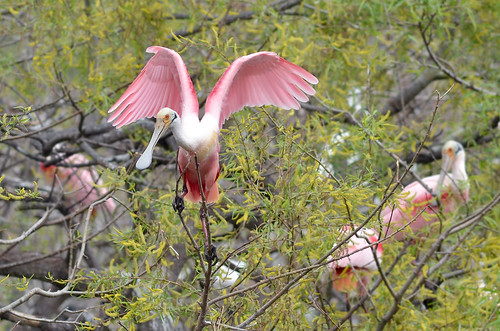  |
| Balancing on small sticks can appear quite challenging for these large birds. |
The birds seemed to be constantly moving. Here is a short video of two spoonbills on one of the man-made nesting platforms. Luckily the platform and rookery was close to the viewing platform, allowing for these photos to be taken with our shorter focal-length 300mm lens.
Great Egret
The large white bird in the above video is a Great Egret. This species can be found as far north as Canada and is one we have seen early in the spring on its way north to breeding grounds, but unfortunately not too often in full breeding plumage or in courting behavior.
 |
| I can just imagine a cheesy pick-up line,"Hey there pretty lady look at the stick I have for you!!" |
Laughing Gull
The Laughing Gull is similar to other gulls with black heads seen in Minnesota, Wisconsin, and Kansas but is larger and found mostly around the Gulf of Mexico, the Atlantic coast, southern waterways in the United States. We saw these Gulls many places, but the gulls were accustomed to being fed by passengers on the ferry between Galveston and Port Bolivar. The swarming mass of gulls offered us a 10 minute window to take pictures. Luckily the sun popped out for part of it on our second ferry ride.
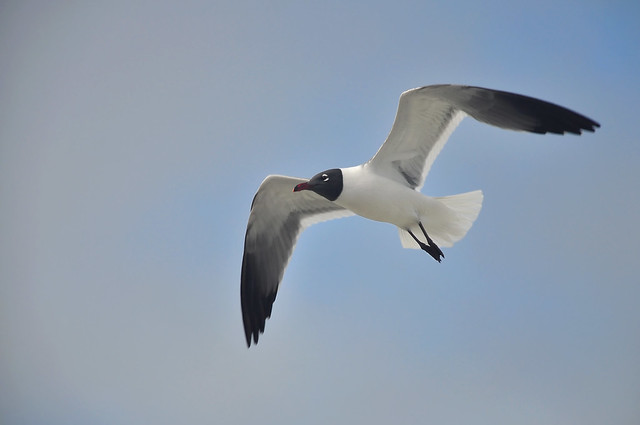   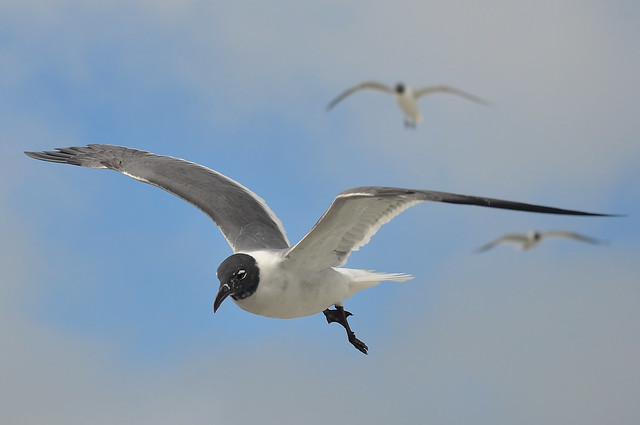 |
| The reddish bill color of the top right bird appears in breeding season for adult birds. We were a bit early for bright bills. |
Danielle took many photos, two are on the right side below and could be reminiscent of a horror movie on birds! The top one looks fine and dandy until you look closely, who knew Gulls could look so scary!
 |
| Run little boy that gull is as big as you!!! |
Always great to see these species again
Many of the bird seen during this trip were ones seen before, but they offered better photo opportunities. Such was the case with the Snowy Egret, Brown Pelicans, and Common Tern as well as the Little Blue Heron below.
Many of the bird seen during this trip were ones seen before, but they offered better photo opportunities. Such was the case with the Snowy Egret, Brown Pelicans, and Common Tern as well as the Little Blue Heron below.
Other Life Birds
Throughout the trip Malcolm kept entering bird sightings into eBird. He tries to enter the data as accurately as possible for research purposes. At the same time the website maintains a list of all bird species he has seen. During this trip Malcolm passed the 400 life bird plateau on March 17th and saw these species below for the first time.
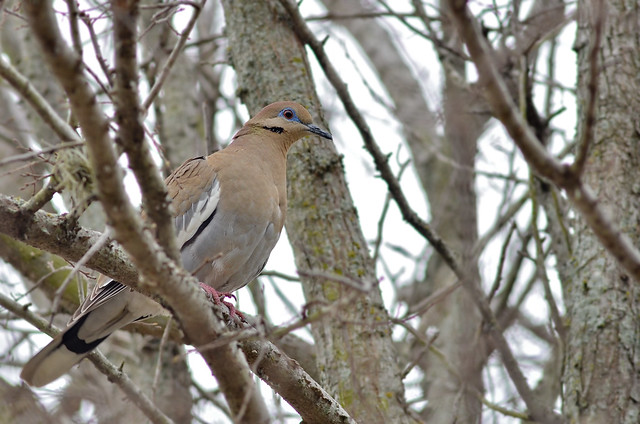 |
| White-winged Doves were throughout Austin. |
 |
| Lifer Crested Caracara thanks to others looking through binoculars and later in the week we happened upon this one. |
 |
| The largest bird in the center of this picture is a Reddish Egret. |
An account of March 17th is coming in the next blog post, where Malcolm added 13 lifers in one day!
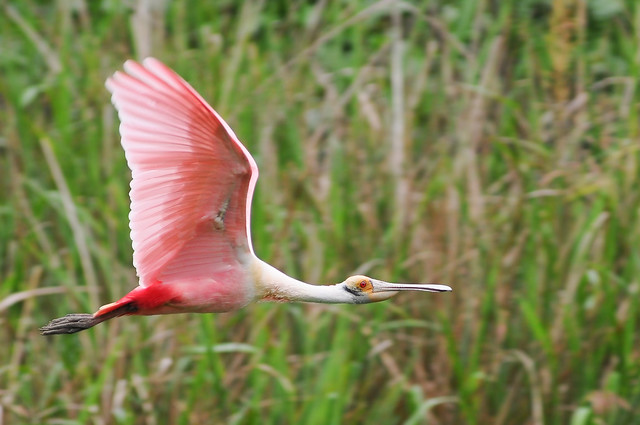


No comments:
Post a Comment